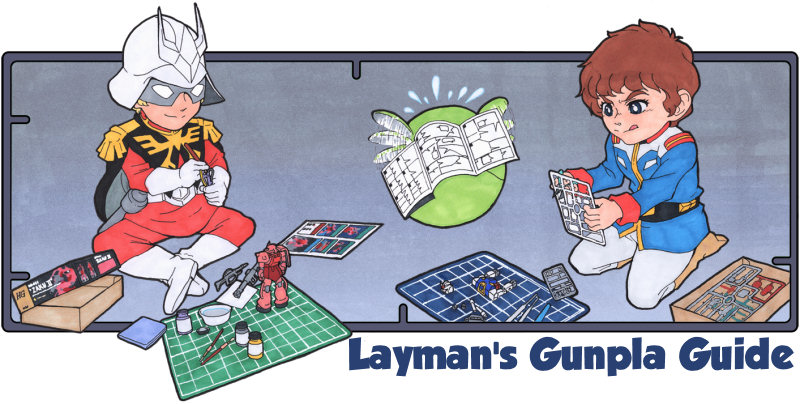"Maybe It has to do with your country's use of english, As the definition of lacquer is a mixture of natural resin and pigment ( modern day we use chemicals). Comes from the Portuguese word lac, and they used it long ago as an alternative to tempera. And I have never seen the term epoxy used like that.
Again I am not trying to tell you your wrong, as it seems like our countries must use the words differently."
The thing is, Bosny and RJ London are European formulas manufactured in Thailand.
Definitions-wise:
"1673, from Fr. lacre "a kind of sealing wax," from Port. lacre, unexplained variant of lacca "resinous substance," from Arabic lakk, from Pers. lak (see lac). The verb meaning "to cover or coat with laqueur" is from 1688."
From Dictionary.com:
–noun
1.
a protective coating consisting of a resin, cellulose ester, or both, dissolved in a volatile solvent, sometimes with pigment added.
2.
any of various resinous varnishes, esp. a resinous varnish obtained from a Japanese tree, Rhus verniciflua, used to produce a highly polished, lustrous surface on wood or the like.
It's a common misconception that the term "lacquer" corresponds directly to paint (or a paint type). Lacquer is actually a type of varnish (the other type is polyurethane, like Future, and even some acrylic varnishes) that is mixed with paints or pigments (mostly with automotive spray paints) that give finishes their lovely shine.
Epoxy, on the other hand, is mixed with paint (or pigment) to increase its bond, its quick-drying property and overall strength. Epoxy paints are more resistant to light scratches. Hence, these types of paints actually don't need to be top coated unless you want extra protection (or that uber shine). Epoxy is a term often associated with glue, but in itself is a resin-based "hardener." That's why we call those two part glues as "epoxy" glues; one is the binder/glue, the other is the hardener/epoxy. Also, epoxy can't cure sealed under pressure, and only when it get exposed to air or a certain temperature range does it start to harden.
Acrylic, in turn, is a base for pigments, much like how some paints have enamel and latex bases. Acrylic and latex paints are water soluble and therefore can be thinned with plain water. Enamels are not, and require enamel thinners.
So, a Lacquer Acrylic Epoxy paint has 3 components; an acrylic-based pigment, epoxy to harden it, and lacquer to give it shine.




7 comments:
sir,
i'm using also bosny in my gundam model kit... but im having problem with the white one... after using it in my model kit it thickened as if it was poured with glue... what can you suggest???
i used the same spray.... bosny... it looked like it was poured with glue... what can you suggest to avoid this kind of tragedy??
You might be spraying too close to the surface. Misting is most appropriate for spray cans, and spray in fast motions of short bursts. It takes a while to get used to.
same here. had problem with only white so far. Sprayed grey primer on my sazabi then the white. soehow bosny white eat away the primer and become pink instead,
For the clumping, it should be misted at a far enough distance. Also, Bosny Flat white and regular white are so finicky, it's hard to predict whether they would coat properly or not, but, just make sure you spray in dry and warm conditions.
Also, the red bleeding onto the white is a common problem for most white paints. It happened with the Angelus. I have not painted white over red since then, but the solution as I have read somewhere was to prime, then coat with silver/aluminum, then white. The silver/aluminum seems to block the red tint of the plastic from bleeging into the white. I have yet to try it, though.
Thanks for this very informative post. It cleared away my doubt about using Acrylic Epoxy.
I'm curious about some Bosny paints. Some have labels "Acrylic Epoxy"(Primer Grey, Honda Red, etc.), while others have "100% Acrylic" labels(Silver or other colors) on the back.
What's the difference basically or are both the same?
Post a Comment